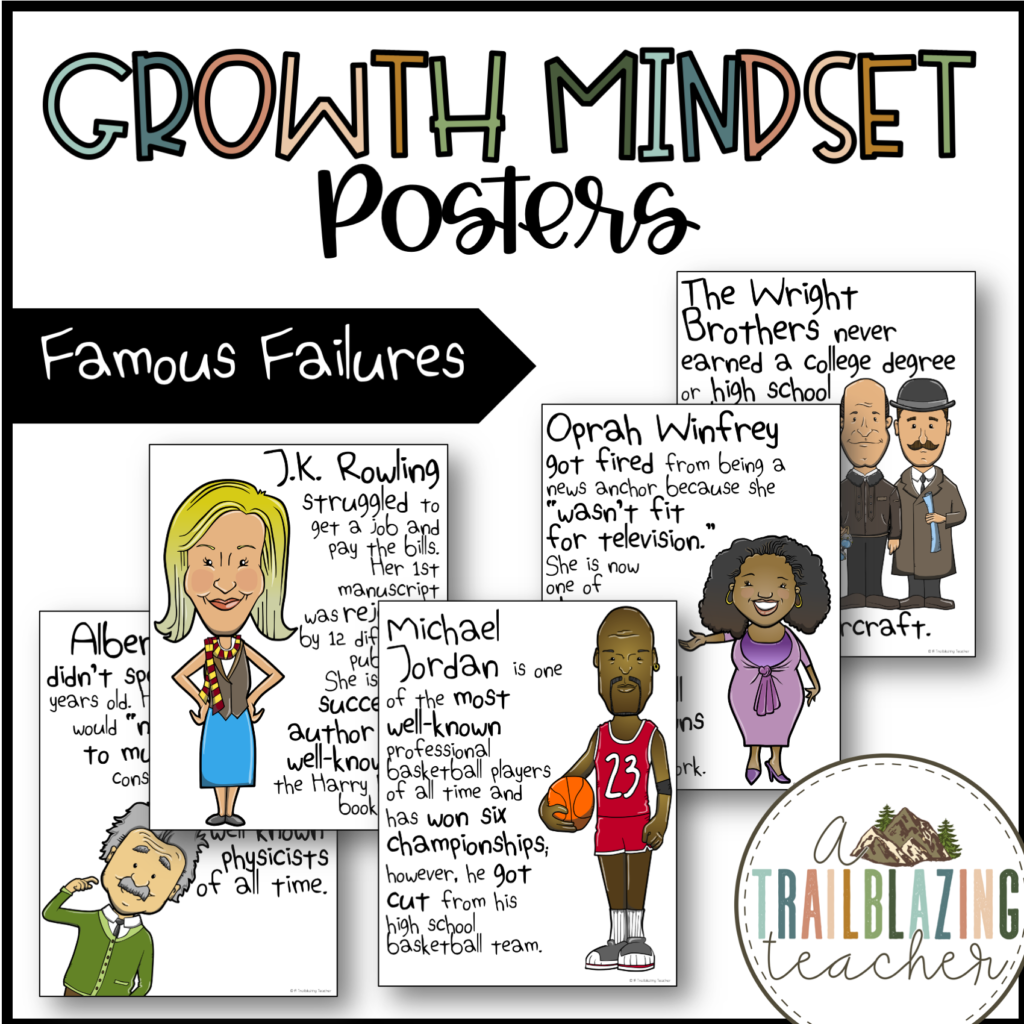Have you ever noticed how a classroom transforms when students get really into solving problems or creating something new? It’s not just about art; it’s about thinking outside the box in every subject, from math to science to English. Creativity isn’t just fun; it sharpens critical thinking and makes learning an adventure. So, how can we make our classrooms the place where this magic happens daily? Here are a few super simple, teacher-friendly strategies to boost creativity in students.

1. Boosting Creativity from the Start

One way I’ve found to ramp up creativity is by starting each day with a quick, creative challenge. It could be a brain teaser, a puzzle, or a thought experiment—just something to get those creative juices flowing. I do this during our morning meetings, and it’s a hit! You can find some cool activities to try out here.
2. Creating the Right Environment
Our classrooms need to be spaces where taking risks, being curious, and asking questions is the norm. Our classrooms need to be a place where students feel safe to share their wildest thoughts and know they’re valued. For creativity to bloom, students need to feel safe to share their boldest ideas. That’s why I made a “Wonder Wall” in our classroom. It’s a spot where students can post any question or idea they’re curious about. The engagement levels? Through the roof! Take a peek at how our Wonder Wall works.

3. New Experiences = New Ideas

Bringing different cultures, stories, and ideas into the classroom fuels creativity like nothing else. I try to weave in new perspectives and tackle topics from different angles. Also, making sure everyone’s viewpoint is heard is super important. Sentence frames can help students express their thoughts in respectful, meaningful ways.
4. Learning from the Oops
Yep, mistakes are part of the deal. But here’s the thing: every mistake is a step toward getting it right. We talk a lot about famous people who failed before they succeeded, and it’s inspiring. Our “Famous Failures” posters are a classroom favorite for a reason.

Turning your classroom into a creativity powerhouse doesn’t have to be complex. It’s about believing in your students, providing the right tools and atmosphere, embracing diverse experiences, and seeing the value in every attempt, successful or not.
What strategies do you use to encourage your students to be creative problem-solvers? Please share them below!

![Google Keep Headers: organization for OT, PT, SLP These Google Keep headers are the perfect thing to transform your [never ending] TO-DO list into perfectly organized categories. Best part its designed for school-based / pedi OTs (& other related service providers). The colors coordinate with the colors that are already in Google Keep. Aesthetic & functional = an OT win. Google Keep is a great way to keep your notes on all your devices (keep in mind you DO need a google account in order](https://i.pinimg.com/236x/0d/d7/49/0dd74972ac163c3fab14f15cdd154b84.jpg)







